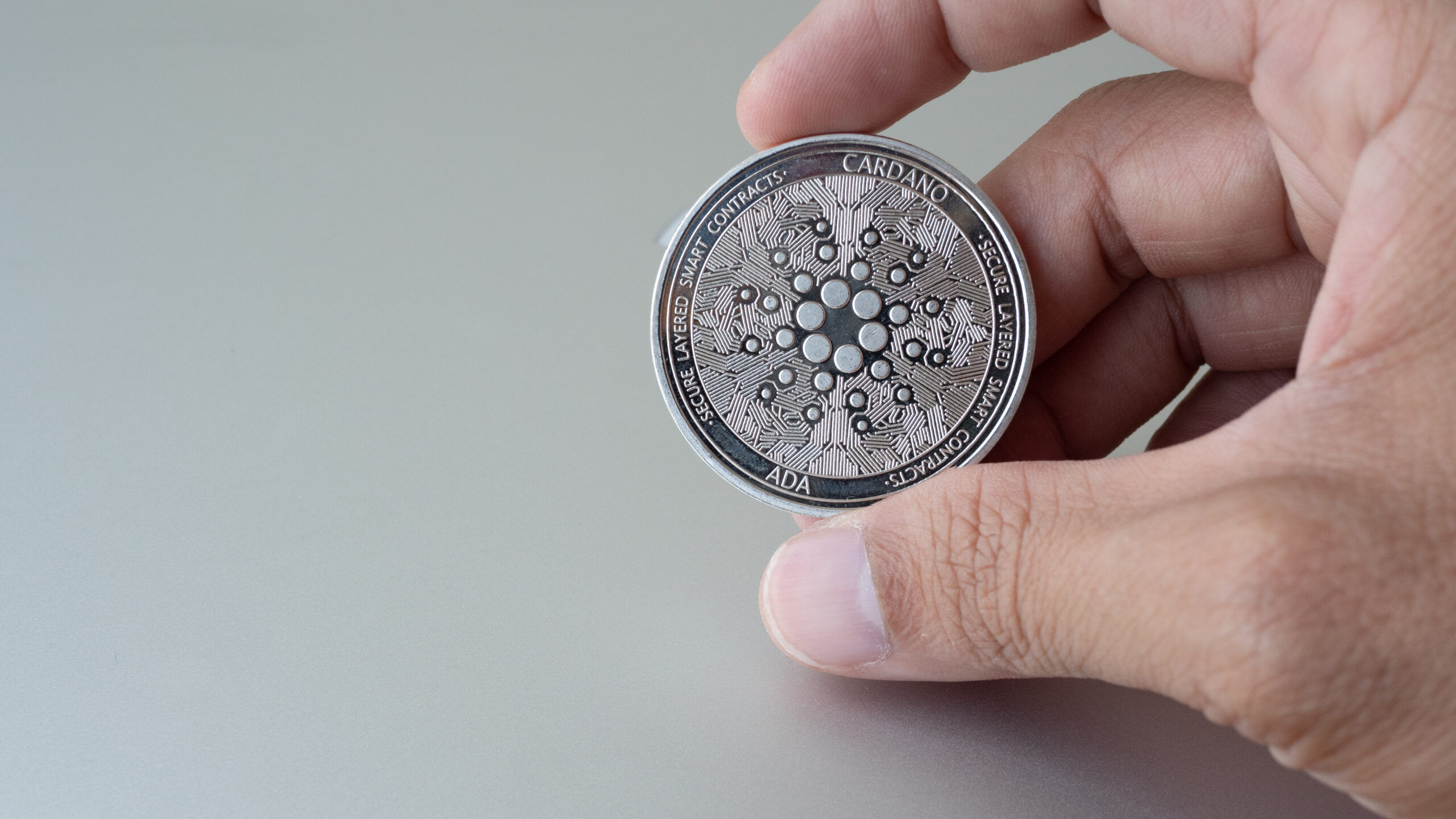Cardano introduced USDM, its first stablecoin that is fully backed 1:1 by the US dollar. USDM is the newest entrant in the stablecoin market, which is worth $146 billion and dominated by Tether and Circle.
The stablecoin, USDM, launched on March 17 and was created by Mehen Finance, hence the “M” in USDM. It lets holders redeem or mint USDM via the US dollar. Cointelegraph writes that it is different from algorithmic stablecoins like DJED and iUSD, which are also based on the Cardano blockchain.
A long, hard road for the stablecoin
Apparently, the stablecoin was delayed for a long time due to issues with US banks last year. Silvergate, Silicon Valley Bank, and Signature Bank all closed in 2023, which postponed the launch.
The bank that Mehen was working with, Cross River, severed ties with them around the time the bank partnered with Circle, which was seeking a new banking partner. Mehen is now working with Plaid, a fintech company, to mint and burn US dollars for USDM.
An impressive array of partners
Plaid powers crypto and fintech via a payment transfer network in which major banks like Wells Fargo, Chase, and Bank of America participate. According to an X post from Steven Fisher, the company’s CTO, Mehen started using Plaid’s services in August last year. He wrote that customers of these banks and others within the network could deposit US dollars to mint USDM stablecoin and burn the stablecoin for US dollars.
Mehen plans to expand its reach into Europe. To this end, it has applied for a money transmitter license. The company announced that its partner network spanning over 2,000 entities planned to integrate USDM. These entities range from DEXs to lending and borrowing protocols. They will complete the onboarding process in one-two days, which means the USDM stablecoin will be arriving on the blockchain the week starting today.
Mehen’s website states that USDM issuance and management will be governed by decentralized oracles and smart contracts to ensure security and transparency.
Cardano community members met the launch of USDM with optimism. One of them, Jaromir Tesar, described it as a “major milestone” for Cardano and DeFi.
The cutthroat stablecoin market
USDM enters a competitive, crowded stablecoin market. The largest market cap is that of USDT with $103.1 billion, followed by USDC with $30.8 billion. Seven other stablecoins share a market cap of over $500 million. None of those stablecoins can be transferred on the Cardano network, so USDM is protected from competition in that sense.
Use cases of the stablecoin
Mehen published its white paper in November 2022 explaining its main objectives, the use cases of the stablecoin, and other information to Cardano users. You can convert the company’s token directly to the US dollar, and it’s fully backed by high-quality liquid reserves.
Mehen wants to reinvest proceeds generated by the stablecoin to give organizations on Cardano access to grants and sustainable investments.
Their third and final objective is decentralizing governance and raising transparency via a decentralized autonomous organization (DAO).
Advantages of USDM over ERC-20 tokens
Users can create and transfer tokens governed by the ERC-20 smart contract standard on Ethereum between wallets. These tokens can have an application utility, represent ownership shares in a project, or be used to vote on governance matters. However, they have a wide range of security vulnerabilities. If using the ERC-20 standard, users are exposed to overflow and underflow weaknesses and can make mistakes when copying code. What’s more, ERC-20 smart contracts tend to interact with unprotected functions.
Tokens native to the Cardano blockchain, like the USDM, are far more secure. The protocol features inbuilt native token functionality, so there is knowledge of the token’s blockchain functions. Over- and underflow weaknesses are not an issue because Cardano scripting languages do not have fixed-size integers. On the Cardano blockchain, user code is rarely required. Validating minting or burning is one of the few cases that require it.
Holders would transfer USDM and other native tokens using the base protocol, not smart contracts. Token issuers cannot facilitate blockchain transfers as a result, and they don’t need to.
Difference to algorithmic stablecoins
With fiat-backed stablecoins, one digital token is always exchanged for $1. On the other hand, algorithmic stablecoins exchange one stablecoin for $1 of another digital token. They became less desirable after the TerraUSD stablecoin went under in 2022.
How USDM works
Users deposit US dollars into segregated Mehen accounts. Then, they can mint an equal number of USDM stablecoin tokens. Once they perform this transaction, they can transfer USDM from their Mehen wallets on the Cardano blockchain to their self-custody wallet. The stablecoin can be used throughout the Cardano blockchain network like other Cardano native assets.
The price of one USDM stablecoin is always around $1 because Mehen holds the equivalent backing in the fiat currency and agrees to always exchange the stablecoins for an equal amount in US dollars. USDM tokens are backed by high-quality, high-liquidity, USD-denominated assets in a US bank, which are held separately from company funds. This is also known as the Mehen Reserve.
Each transaction is performed with multi-sig and open oracles, which confirm sufficient reserves are backing the stablecoin. The multi-sig transactions are essentially an uninterrupted, real-time audit of the Mehen Reserve.
The risks: Wrapped stablecoins and cross-chain bridge hacks
Wrapped stablecoins deplete the Cardano ecosystem’s liquidity. Users buy them on another blockchain from the original issuer in fiat, bridge them, and exchange them for ADA. The original token’s inherent liquidity remains on the original blockchain. The new asset impacts the Cardano blockchain adversely because of the hefty transaction fees, including bridging fees.
Cross-chain bridges are notoriously unsafe, according to the white paper. The vast majority of major DeFi exploits to date have been bridge hacks. A total of $2.5 billion has been lost in the wake of the Ronin, Poly, Wormhole, BNB, Harmony, and Nomad bridge hacks. The Nomad and Wormhole ones happened because of smart contract loopholes. The Harmony and Ronin hacks occurred due to compromised private keys. Cardano hopes cross-chain bridge security will improve in the future. Until it does, they will “continue to be a suboptimal solution for providing Cardano with DeFi primitives.”









